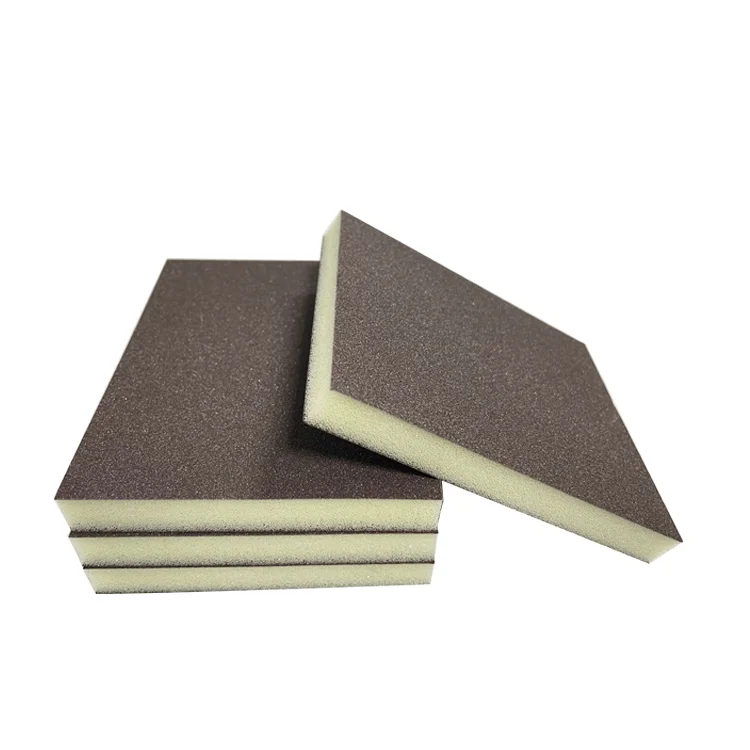Plate heat exchangers (PHEs) are essential components in various industries, including food processing, chemical manufacturing, and HVAC systems. Their efficiency and reliability are paramount for optimal thermal performance and energy conservation. However, like any mechanical system, they require regular maintenance to ensure longevity and operational efficiency. In this article, we will delve into the intricacies of maintaining a plate heat exchanger, providing you with actionable insights and best practices.
Understanding the Basics of Plate Heat Exchangers
Before we explore maintenance strategies, it’s crucial to understand the fundamental workings of a plate heat exchanger. PHEs consist of multiple thin plates stacked together, creating channels for two fluids to flow in close proximity without mixing. The heat transfer occurs through the plates, allowing one fluid to absorb heat from the other. This design maximizes surface area while minimizing the volume, making PHEs highly efficient.
Importance of Regular Maintenance
Regular maintenance of plate heat exchangers is vital for several reasons:
- Efficiency Optimization: Over time, fouling can occur due to the accumulation of scale, debris, or biological growth on the plates, which impedes heat transfer efficiency.
- Cost Reduction: Preventative maintenance can significantly reduce operational costs by avoiding unexpected breakdowns and extending the lifespan of the equipment.
- Safety Assurance: Regular checks can help identify potential leaks or failures, ensuring a safe operating environment.
Key Maintenance Practices
- Routine Inspection
Conducting regular inspections is the first step in maintaining a plate heat exchanger. This should include:
- Visual Checks: Look for signs of leaks, corrosion, or unusual wear on the plates and gaskets.
- Performance Monitoring: Keep track of temperature and pressure differentials. Significant deviations may indicate fouling or other issues.
- Cleaning Procedures
Cleaning is essential to remove fouling and maintain heat transfer efficiency. Depending on the type of fouling, different cleaning methods can be employed:
- Chemical Cleaning: Use appropriate cleaning agents to dissolve scale and deposits. Ensure compatibility with the materials of the plates and gaskets.
- Mechanical Cleaning: For stubborn deposits, mechanical methods such as brushing or high-pressure water jets may be necessary. However, care must be taken to avoid damaging the plates.
- Gasket Inspection and Replacement
Gaskets play a crucial role in preventing leaks between the plates. Regularly inspect gaskets for signs of wear, cracking, or deformation. Replace gaskets as needed, following the manufacturer’s specifications to ensure a proper seal.
- Monitoring Fluid Quality
The quality of the fluids passing through the heat exchanger can significantly impact its performance. Regularly test the fluids for:
- pH Levels: Ensure that the pH is within the recommended range to prevent corrosion.
- Contaminants: Monitor for particulates or biological growth that could lead to fouling.
- Temperature and Pressure Management
Maintaining optimal operating conditions is crucial for the longevity of a plate heat exchanger. Avoid operating outside the recommended temperature and pressure ranges, as this can lead to mechanical stress and premature failure.
Advanced Maintenance Techniques
For facilities with high operational demands, consider implementing advanced maintenance techniques:
- Predictive Maintenance: Utilize sensors and monitoring systems to gather real-time data on the performance of the heat exchanger. This data can help predict when maintenance is needed, reducing downtime and costs.
- Regular Training: Ensure that maintenance personnel are well-trained in the specific requirements of plate heat exchangers. This includes understanding the intricacies of the system and the importance of following maintenance protocols.
Conclusion
Maintaining a plate heat exchanger is not merely a routine task; it is a critical aspect of ensuring operational efficiency, safety, and cost-effectiveness. By implementing regular inspections, cleaning procedures, and monitoring fluid quality, you can significantly enhance the performance and lifespan of your heat exchanger. Moreover, adopting advanced maintenance techniques can further optimize your operations, ensuring that your plate heat exchanger continues to perform at its best.

